Rahaf Alharbi
ProgramAlly: Creating Custom Visual Access Programs via Multi-Modal End-User Programming
Aug 20, 2024
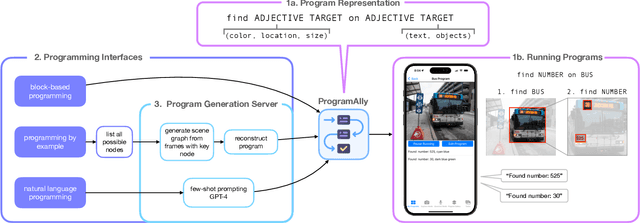
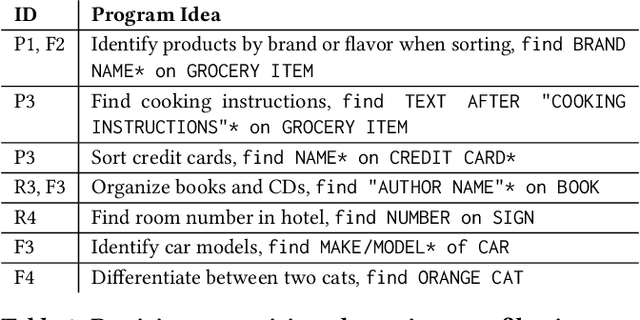
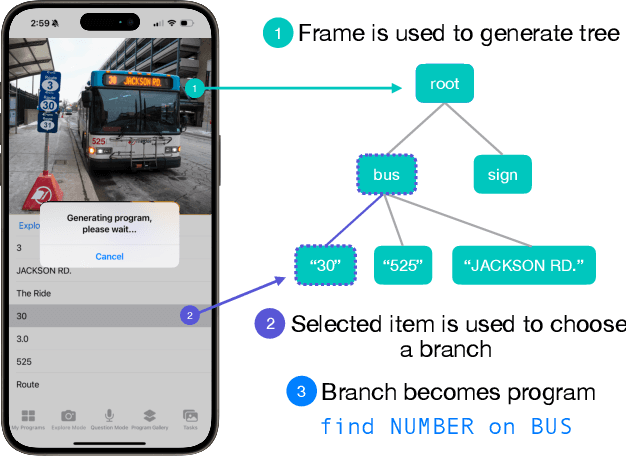
Abstract:Existing visual assistive technologies are built for simple and common use cases, and have few avenues for blind people to customize their functionalities. Drawing from prior work on DIY assistive technology, this paper investigates end-user programming as a means for users to create and customize visual access programs to meet their unique needs. We introduce ProgramAlly, a system for creating custom filters for visual information, e.g., 'find NUMBER on BUS', leveraging three end-user programming approaches: block programming, natural language, and programming by example. To implement ProgramAlly, we designed a representation of visual filtering tasks based on scenarios encountered by blind people, and integrated a set of on-device and cloud models for generating and running these programs. In user studies with 12 blind adults, we found that participants preferred different programming modalities depending on the task, and envisioned using visual access programs to address unique accessibility challenges that are otherwise difficult with existing applications. Through ProgramAlly, we present an exploration of how blind end-users can create visual access programs to customize and control their experiences.
Alternative models: Critical examination of disability definitions in the development of artificial intelligence technologies
Jun 16, 2022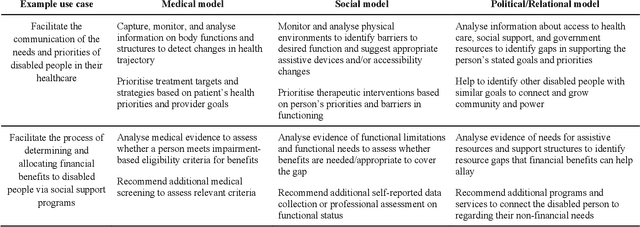
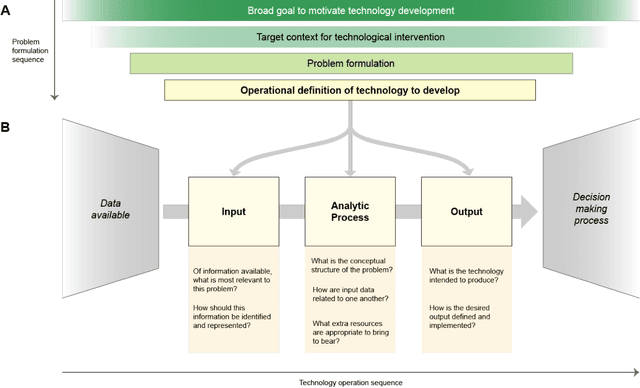
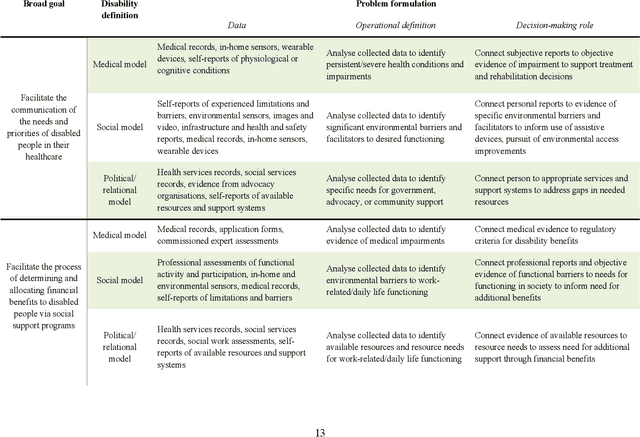
Abstract:Disabled people are subject to a wide variety of complex decision-making processes in diverse areas such as healthcare, employment, and government policy. These contexts, which are already often opaque to the people they affect and lack adequate representation of disabled perspectives, are rapidly adopting artificial intelligence (AI) technologies for data analytics to inform decision making, creating an increased risk of harm due to inappropriate or inequitable algorithms. This article presents a framework for critically examining AI data analytics technologies through a disability lens and investigates how the definition of disability chosen by the designers of an AI technology affects its impact on disabled subjects of analysis. We consider three conceptual models of disability: the medical model, the social model, and the relational model; and show how AI technologies designed under each of these models differ so significantly as to be incompatible with and contradictory to one another. Through a discussion of common use cases for AI analytics in healthcare and government disability benefits, we illustrate specific considerations and decision points in the technology design process that affect power dynamics and inclusion in these settings and help determine their orientation towards marginalisation or support. The framework we present can serve as a foundation for in-depth critical examination of AI technologies and the development of a design praxis for disability-related AI analytics.
 Add to Chrome
Add to Chrome Add to Firefox
Add to Firefox Add to Edge
Add to Edge